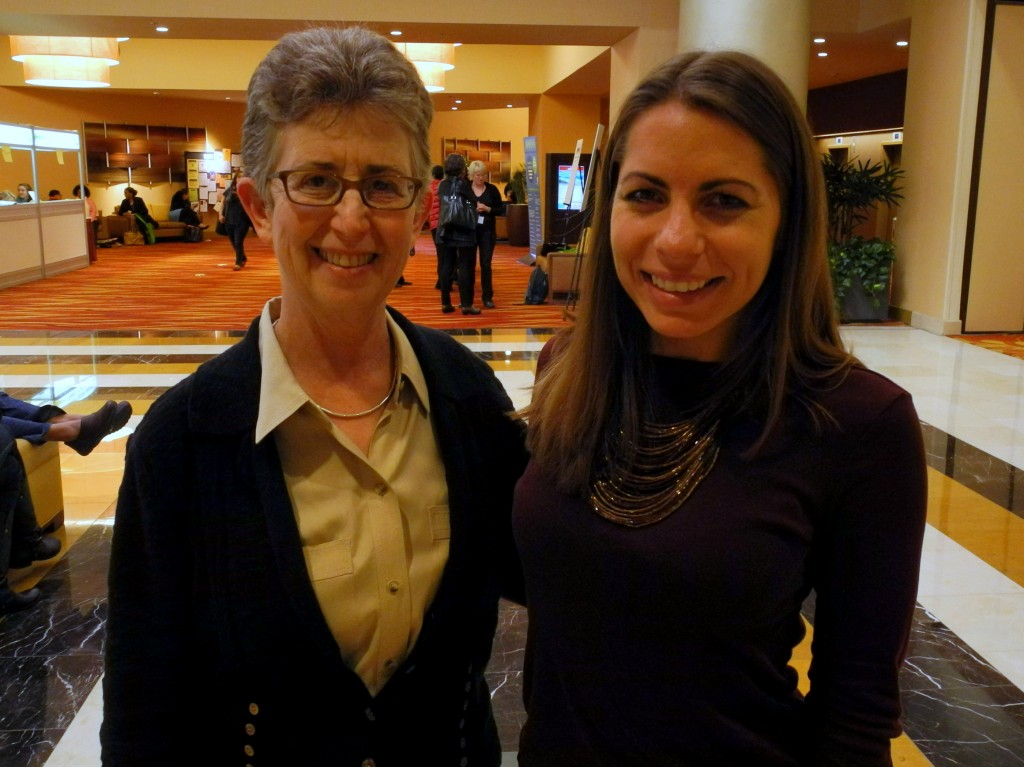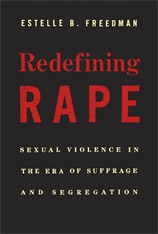This film was made as part of the Girl Tech program in New Mexico. It was recently screened at the Media Literacy Project’s 20th anniversary party in Albuquerque.
From the Media Literacy Project website:
“Set in Albuquerque, New Mexico, this short video gives us a brief glimpse into the life of a young woman and the street harassment she encounters one day while riding the bus. This film raises awareness on both street harassment and how one is more likely to encounter street harassment due to a reliance on public transportation. Directors: Mercedes Turner and Marina Oya.
Mercedes Turner is a graduate student of New Mexico Highlands University School with a degree from the School of Social Work and is currently pursuing her master’s degree in social work as well. Mercedes has worked with youth as a programs department intern with Mothers Against Drunk Driving and as an intern with the YWCA of New Mexico. She enjoys volunteering in the community, watching movies, and spending time with family and friends. She wants to continue working with nonprofit organizations who work with young people to help them pursue their dreams.
 Marina Oyá is currently a junior at the Public Academy for Performing Art and will graduate in 2015. She loves filmmaking, dance, visual art, and working with kids. In the summer of 2013 she volunteered at Eugene Field Elementary School in Albuquerque working with students in their summer school program. She plans to study marine biology in college.”
Marina Oyá is currently a junior at the Public Academy for Performing Art and will graduate in 2015. She loves filmmaking, dance, visual art, and working with kids. In the summer of 2013 she volunteered at Eugene Field Elementary School in Albuquerque working with students in their summer school program. She plans to study marine biology in college.”




